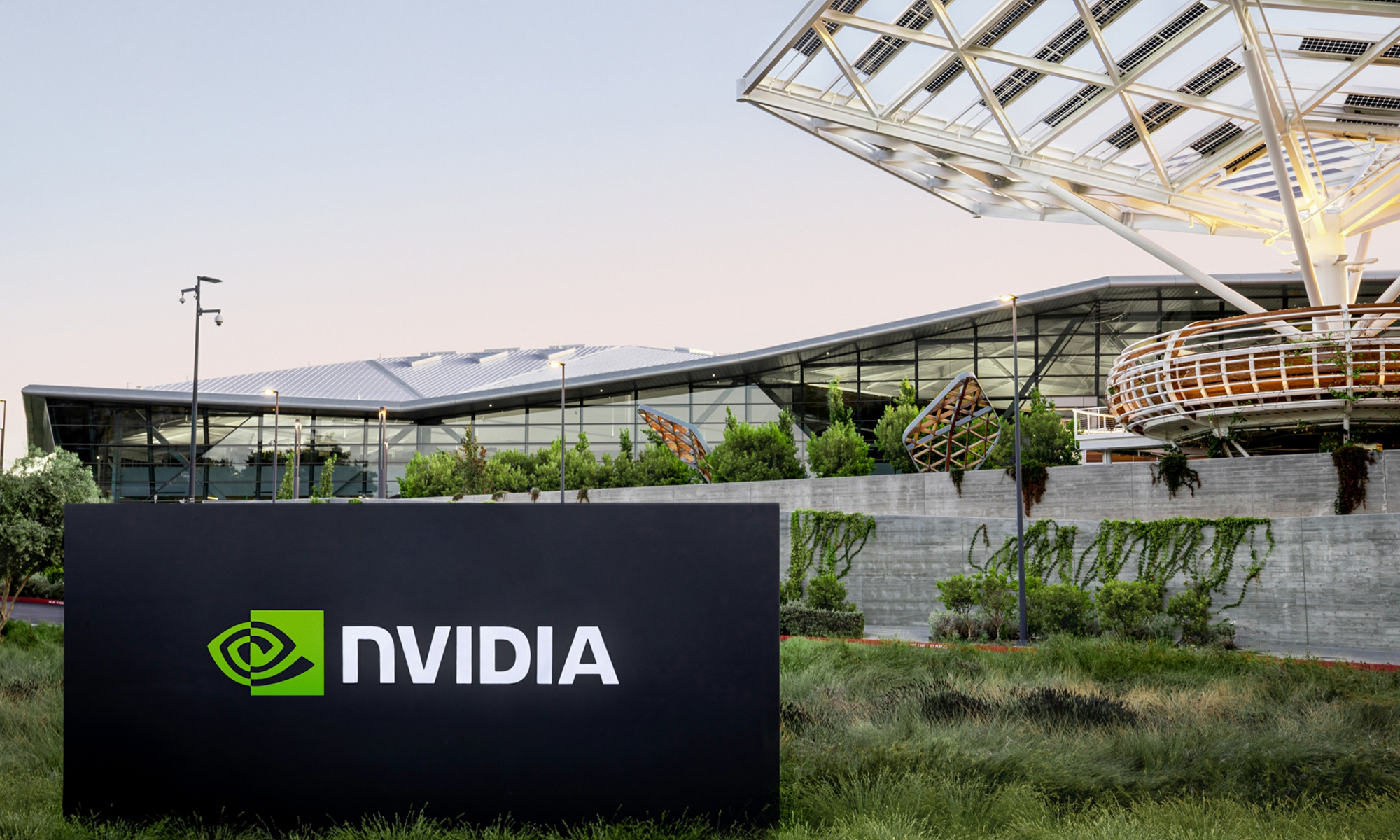NVIDIA (Nasdaq: NVDA) recently unveiled the world's fastest graphics card, the GTX 680, which is based on the much-hyped Kepler Architecture, scoring brownie points over industry rival AMD in the process. While reading about the company's newest innovation that is set to work wonders for desktop computers around the world, I asked myself: Does NVIDIA have the potential to speed up the profitability of its investors' portfolio, as well?
The figures first
A look at NVIDIA's yearly performance figures reveals slow movement in the company's GPU business, mainly due to the stagnating shipments of personal computers, which rose by just 0.5% from the previous year. Still, it goes to the company's credit that it managed to increase this division's operating profits from just $30 million to more than $500 million.
At the same time, its consumer products division, which primarily deals with chips for smartphones and tablets, failed to churn out profits. However, it did record an almost 200% growth in revenue to $591 million.
While the above figures may evoke mixed feelings in investors, I see some definite reasons to smile going forward.
The computer isn't dead yet
While admittedly there is a trend toward tablets and smartphones, let's not forget that it will take a long time before their penetration level bypasses that of personal computers.
In fact, PC shipments are set to rise by 4.4% in 2012 to 368 million units, which should spell good times for NVIDIA's bread-and-butter GPU business. And more than that, it's the gamers who should provide a big boost to GPU sales. With big-ticket games such as Diablo 3, Assassin's Creed 3 and StarCraft 2 set to be released later this year, NVIDIA's GPUs should be on a roll.
Upwardly mobile
At the same time, global smartphone sales are set to rise by 36% to 614 million units in 2012 and to 1.5 billion units by 2016. That's enough to judge why profitability is probably just a matter of time for NVIDIA's consumer products division. Even though the fact that NVIDIA does not supply its chips to Apple's iPhones and iPads may be a letdown for some, there's always Samsung, LG, and Motorola, among others, to compensate for the loss. All of the latter companies use NVIDIA's chips in their smartphones and tablets.
The real threat is from bigger players, such as Qualcomm (Nasdaq: QCOM), that would be eying the mobile processing market. Qualcomm is already enjoying the benefits of the increased demand for 3G smartphones in China. Not to mention big brother Intel (Nasdaq: INTC), which plans to get more of its processors into smartphones and tablets. Intel claims that it has already tweaked its supply chain to meet demand for smartphones and tablet chips.
The Foolish bottom line
I feel NVIDIA has a bright future. With demand for smartphones and tablets set to skyrocket over the next few years, this segment could become NVIDIA's next cash cow as more devices start using its Tegra line of processors. And PCs are not on their way out just yet.
While NVIDIA might be just one good play in the smartphone revolution, you can profit even more from The Motley Fool's newly released free report called "The Next Trillion-Dollar Revolution." It might help you pick a winner that's set to ride the mobile wave. The report won't be there forever, so get it now by clicking here.
- Add NVIDIA to your free Watchlist.








